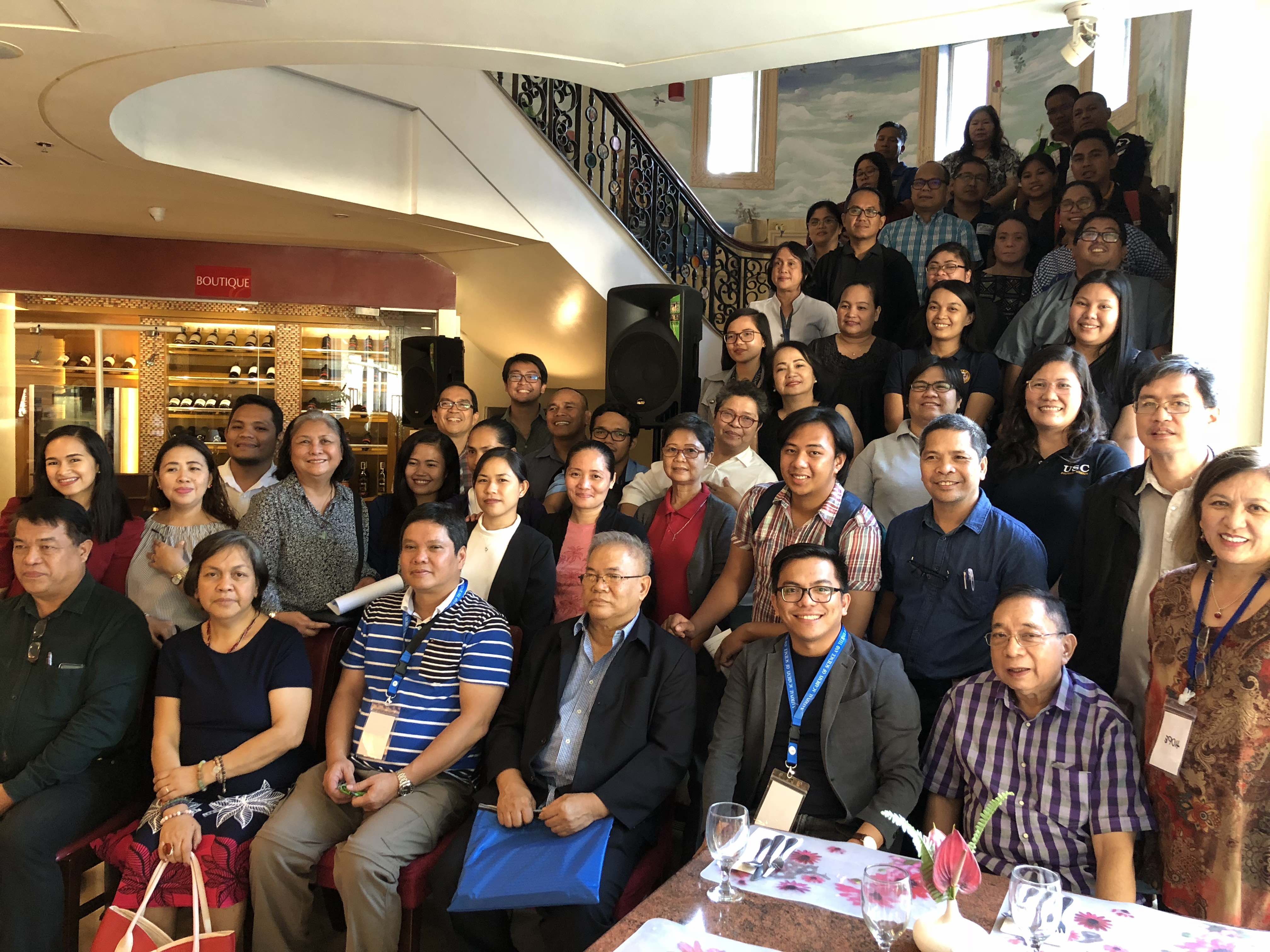
Cebu City- The National Academy of Science and Technology (NAST) held its Speakers Bureau Program last 7 March 2019 in Hotel Elisabeth in Lahug, Cebu City with Dr. Rico Ancog, Assistant Professor, School of Environmental Science and Management (SESAM), as one of its presenters. The Speakers Bureau is a program under the advisory function of NAST. It aims to gather and bring experts in various fields to lend their expertise to academic institutions or any interested organizations who are in need of speakers and resource persons on any science-related issues.
The recently-concluded meeting focused on urbanization in general and particularly highlighted some related issues and concerns on the environment, social decay, disaster risk reduction and management and plastics. These topics were also analyzed in the context of Metro Cebu, which has significantly experienced significant urbanization processes for the past decades. Attended by around 75 research and development practitioners from various research institutions, government offices, and state university and colleges, the meeting has highlighted how urbanization could be better pursued in the context of the Central Visayas region.
For his part, Dr. Ancog presented his study entitled “Urbanization adjacent to a wetland of international importance: The case of Olango Island Wildlife Sanctuary (OIWS), Metro Cebu, Philippines,” published in Elsevier’s Habitat Internationaljournal. The paper won the Dr. Elvira O. Tan Award (natural resources and environment category) in the 2017 National Symposium on Agriculture, Aquatic and Resources Research and Development sponsored by the Los Baños-based Philippine Council for Agriculture, Aquatic and Natural Resources Research and Development (PCAARRD).
The OIWS is the country’s first affirmed Ramsar Site and was declared as a wildlife sanctuary in 1992. It covers about 5,800 hectares that encompasses inter-tidal flat lands, mangroves, coral reefs, islets and seagrass beds and form part the larger Metro Cebu. For the past decades, however, urbanization– specifically population pressure, coastal development and the availability of employment and livelihood- has posed a great risk to the conservation of the protected landscape. Analyzing the land cover change by comparing remotely sensed land cover and available land use maps, historical population data and household level information, the SESAM project has noted that from 1970 to 2010, there was an increasing trend of urbanization in the coastal areas of Cebu main island adjacent to OIWS, which was attributed to an increase in population.
Metro Cebu’s urbanization has spawned problems and issues related to fishing in coastal communities in Cebu such as illegal fishing practices, decreasing fish stocks and presence of solid wastes in the fishing areas. To address the prevailing urbanization issues in Metro Cebu, the study recommended improved land use planning that considers the alignment of regional, local, and site-specific concerns of OIWS as a wetland of international importance.

